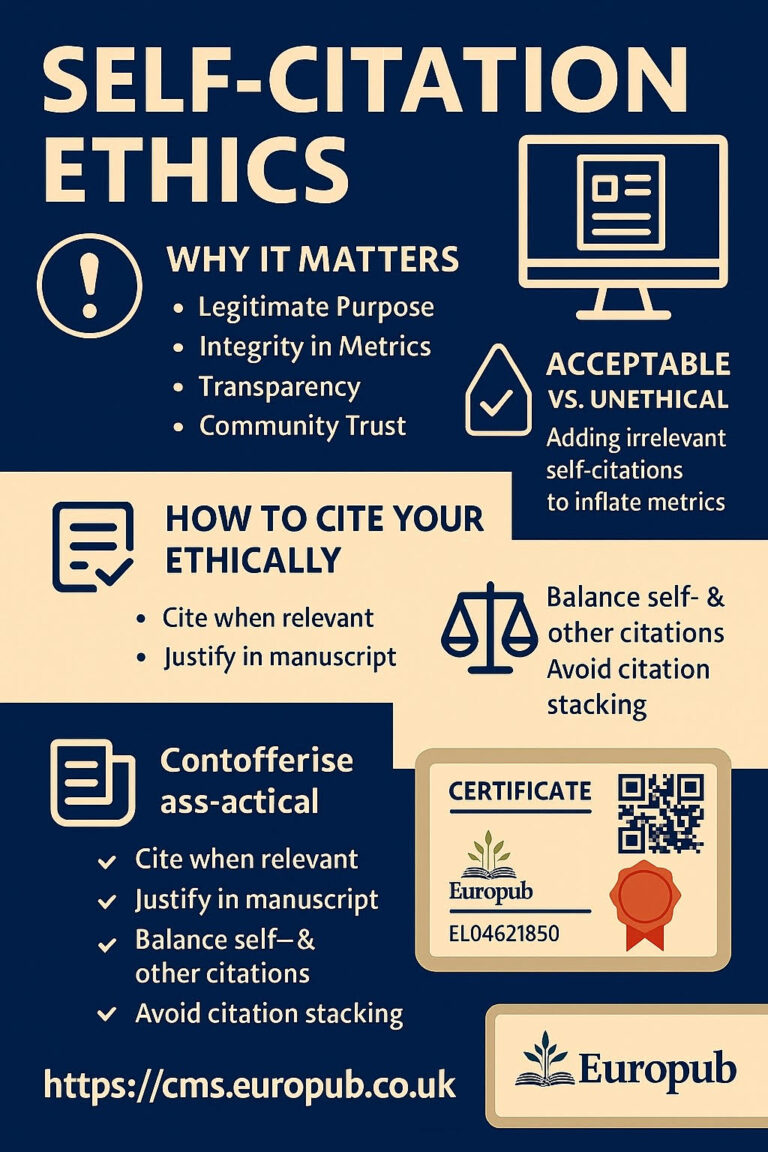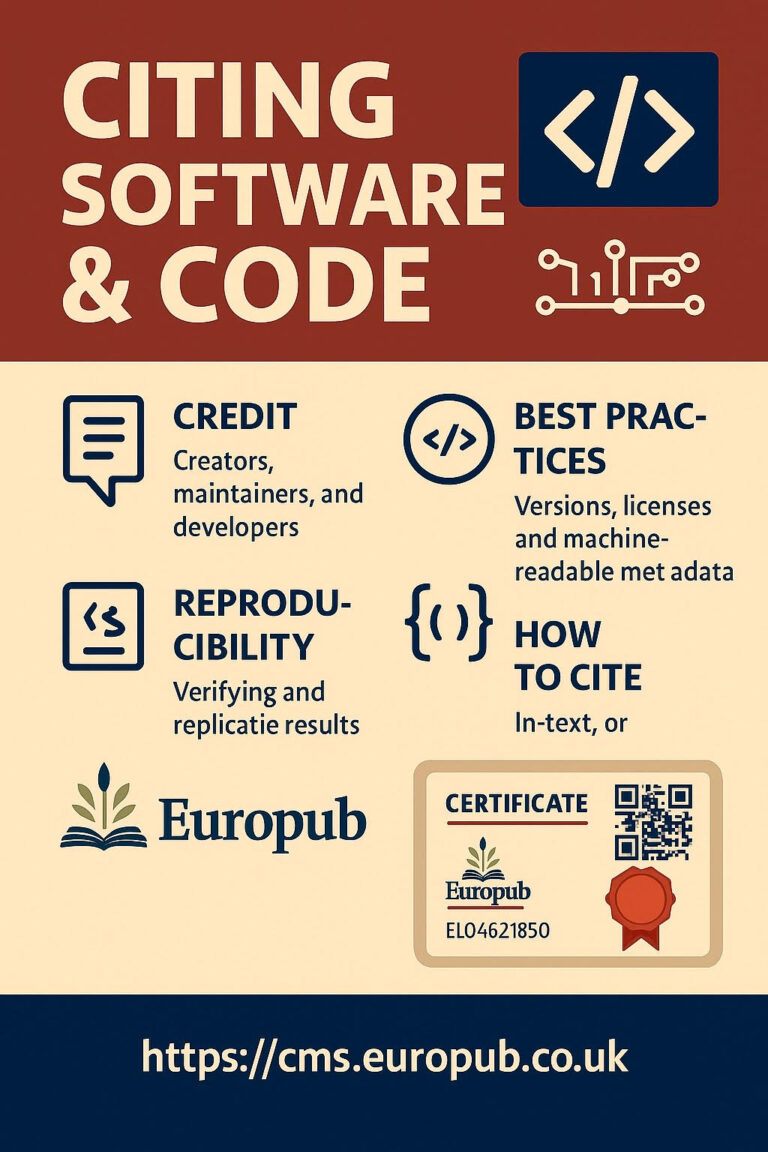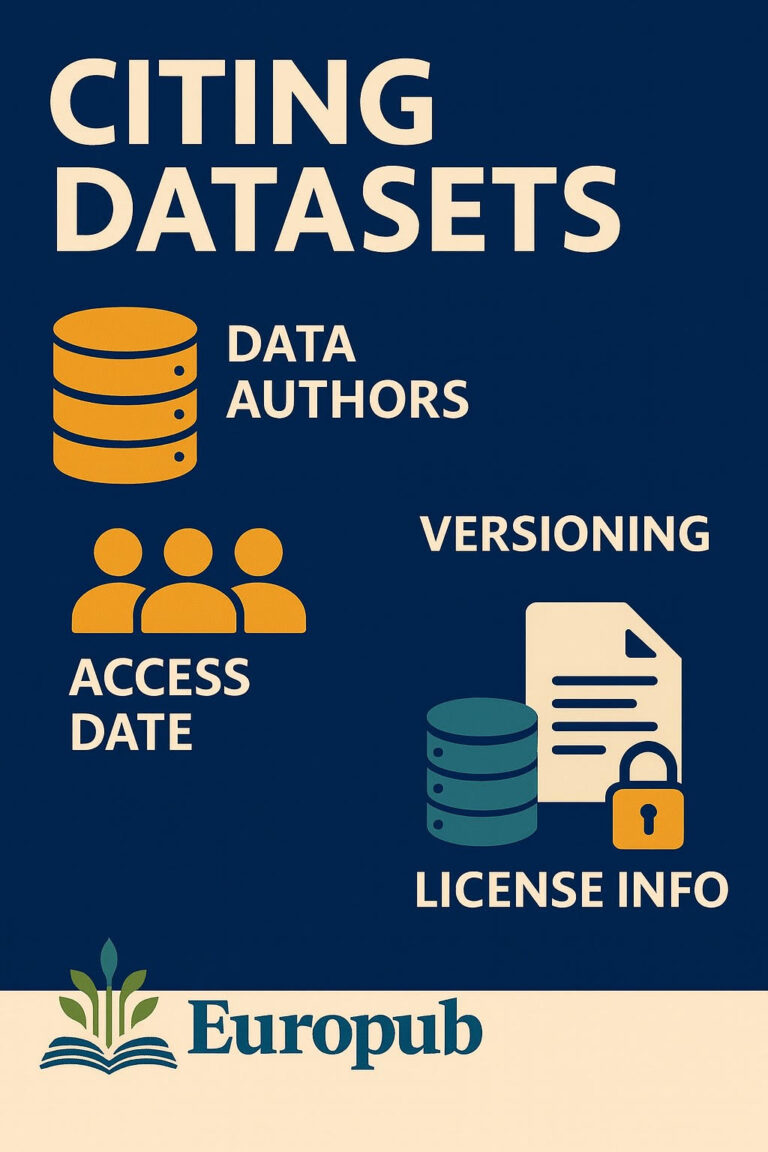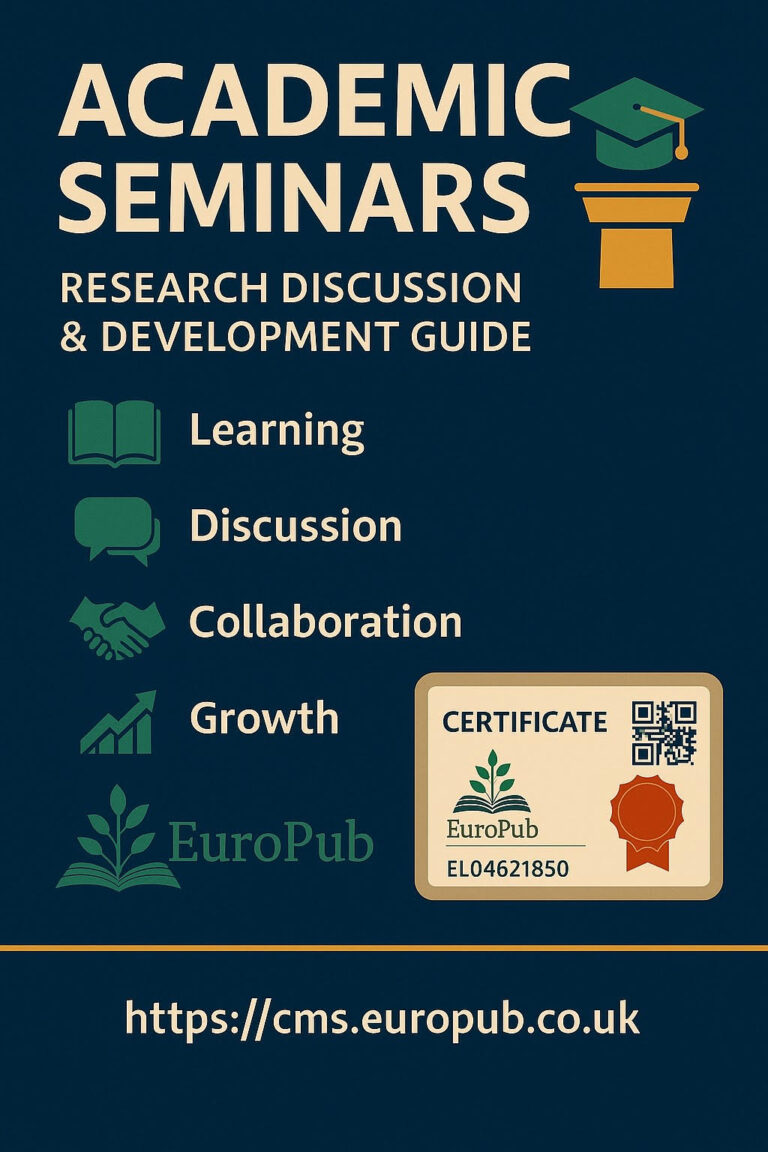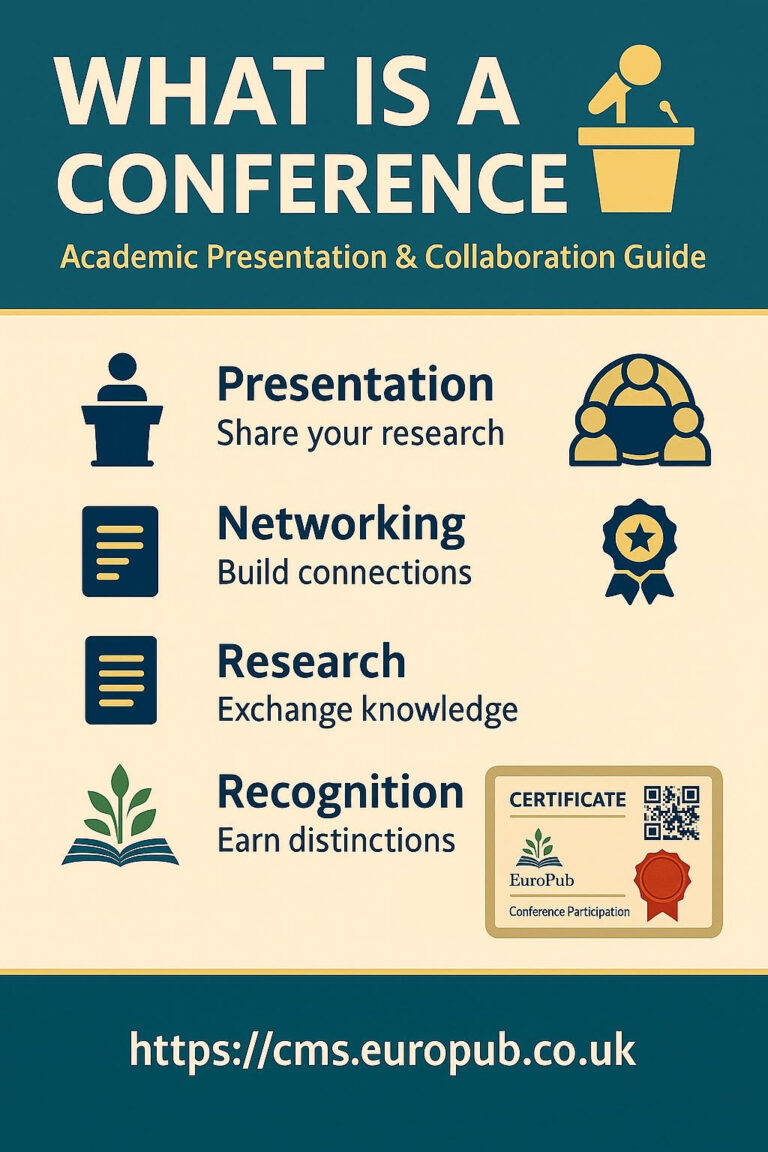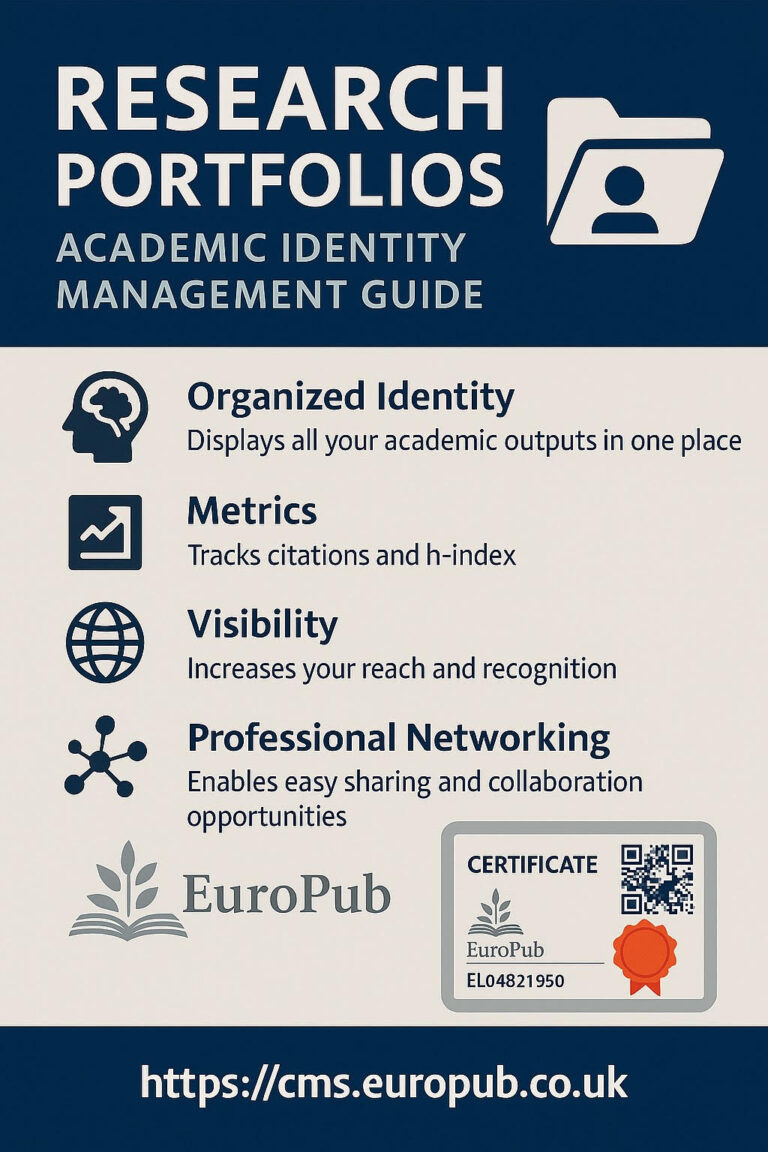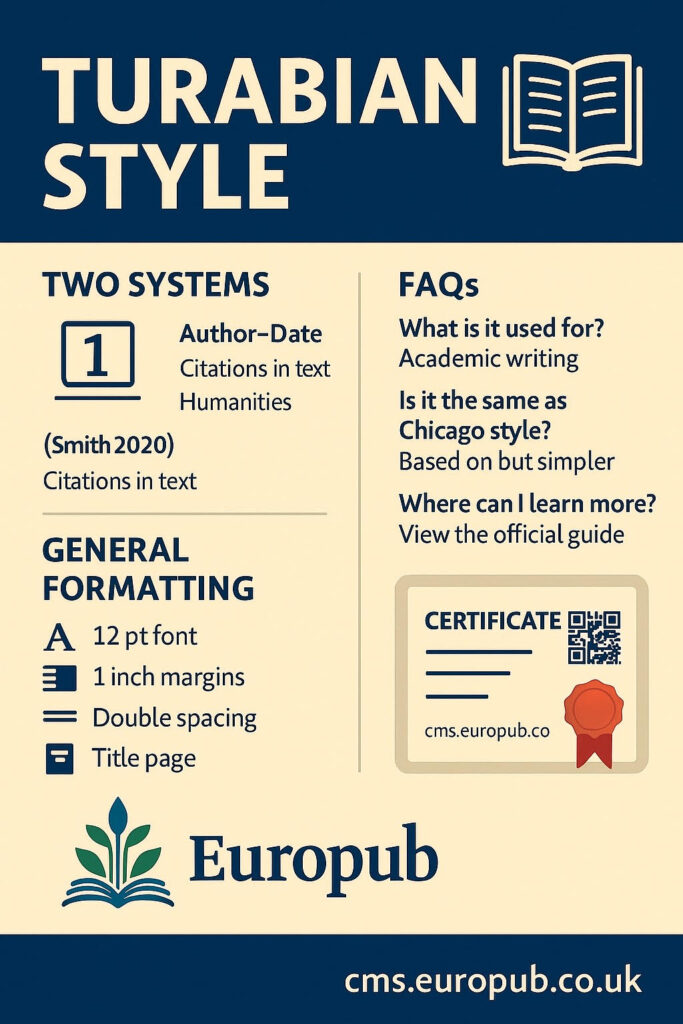
 Overview
Overview
The Turabian Style is a simplified and practical adaptation of the Chicago Manual of Style (CMOS), specifically tailored for students, researchers, and academic theses.
Developed by Kate L. Turabian, this style guides writers on citation, formatting, and structure for college essays, dissertations, and research papers.
Turabian offers two systems of documentation:
- Notes–Bibliography (NB): for humanities (history, literature, arts)
- Author–Date: for social sciences and natural sciences
 The Two Turabian Systems
The Two Turabian Systems
 Notes–Bibliography System
Notes–Bibliography System
Used primarily in humanities.
- Uses footnotes or endnotes for citations.
- Full bibliographic entries at the end.
Example:
¹ Kate L. Turabian, A Manual for Writers of Research Papers, Theses, and Dissertations, 9th ed. (Chicago: University of Chicago Press, 2018), 77.
Bibliography entry:
Turabian, Kate L. A Manual for Writers of Research Papers, Theses, and Dissertations. 9th ed. Chicago: University of Chicago Press, 2018.
 Author–Date System
Author–Date System
Used in sciences and social sciences.
- Citations in parentheses (Author Year, Page).
- Full reference list at the end.
Example (In-text):
(Smith 2021, 45)
Reference list:
Smith, John. 2021. Environmental Policy and Urban Design. Oxford: Oxford University Press.
 General Formatting Guidelines
General Formatting Guidelines
| Element | Specification |
|---|---|
| Font | Times New Roman, 12 pt |
| Margins | 1 inch on all sides |
| Spacing | Double throughout |
| Alignment | Left-aligned, not justified |
| Page Numbers | Top right corner |
| Title Page | Centered, includes title, name, course, and date |
| Headings | Up to five levels, use consistent hierarchy |
| Indentation | ½ inch for paragraphs |
 Citing Common Sources
Citing Common Sources
 Book (Single Author)
Book (Single Author)
Footnote:
¹ John Smith, History of Europe (London: Routledge, 2021), 45.
Bibliography:
Smith, John. History of Europe. London: Routledge, 2021.
 Journal Article
Journal Article
Footnote:
² Lisa Green, “Climate Change and Agriculture,” Environmental Studies 18, no. 3 (2020): 122.
Bibliography:
Green, Lisa. “Climate Change and Agriculture.” Environmental Studies 18, no. 3 (2020): 121–135.
 Website
Website
Footnote:
³ Europub, “Certificate Management System,” accessed May 5, 2025, https://cms.europub.co.uk.
Bibliography:
Europub. “Certificate Management System.” Accessed May 5, 2025. https://cms.europub.co.uk.
 Key Differences Between Turabian and Chicago
Key Differences Between Turabian and Chicago
| Feature | Turabian | Chicago |
|---|---|---|
| Target audience | Students & academic papers | Professional publications |
| Simplicity | Simplified rules | More comprehensive |
| Citations | Notes–Bibliography or Author–Date | Same, but more formal |
| Manual | A Manual for Writers | Chicago Manual of Style |
 Writing Style Tips
Writing Style Tips
- Avoid first-person in formal research papers.
- Use consistent voice and tense.
- Italicize book and journal titles.
- Use quotation marks for short works (articles, chapters).
- Always check departmental guidelines — Turabian is adaptable.
 Useful Resources
Useful Resources
- Official Turabian Manual: https://press.uchicago.edu/books/turabian/
- Chicago Manual of Style Online: https://www.chicagomanualofstyle.org
- Europub Certificate System: https://cms.europub.co.uk
- Citation Tools: Zotero, Mendeley, EndNote, RefWorks (Turabian templates available).
 FAQ – Turabian Referencing (Extended)
FAQ – Turabian Referencing (Extended)
Q1: What fields use Turabian style?
A: Humanities, theology, history, and academic theses.
Q2: Is Turabian different from Chicago?
A: Turabian is a student-focused simplification of Chicago Style.
Q3: Can I mix Author–Date with Notes–Bibliography?
A: No, use only one system per paper.
Q4: Are footnotes mandatory?
A: Only in the Notes–Bibliography system.
Q5: How should multiple authors be listed?
A: Up to three authors — list all; more than three — list first and add “et al.”
Q6: What if the publication date is unknown?
A: Use “n.d.” (no date).
Q7: Do online sources require access dates?
A: Yes, unless a DOI is available.
Q8: How should titles be formatted?
A: Italicize books/journals; use quotation marks for shorter works.
Q9: Are DOIs preferred over URLs?
A: Yes, always use DOIs if available.
Q10: How to cite a translated work?
A: Add “Trans. [Translator’s Name]” after the title.
Q11: How do I cite classical works?
A: Use divisions (book, section, line) instead of page numbers.
Q12: Are page numbers required for journal articles?
A: Yes, always include page ranges.
Q13: Can I cite unpublished works?
A: Yes, indicate “unpublished manuscript” or “forthcoming.”
Q14: What punctuation style should I use?
A: American English punctuation (period inside quotes).
Q15: How should tables and figures be labeled?
A: Number sequentially (Table 1, Figure 1) with captions below figures.
Q16: Can Turabian be used in STEM papers?
A: Yes, but Author–Date format is more common.
Q17: How should long quotations appear?
A: Use block quotes (indent ½ inch, no quotation marks).
Q18: Are abstracts required?
A: Usually optional, check your department’s requirements.
Q19: Can Turabian papers include appendices?
A: Yes — label Appendix A, B, etc., after the references.
Q20: How do I format a thesis title page?
A: Centered text: title, name, institution, date — no page number.
Q21: How do I cite a source mentioned in another source?
A: Cite the original if possible; otherwise use “quoted in.”
Q22: What if I reuse material from my own work?
A: Cite yourself; self-plagiarism is not allowed.
Q23: How to format a bibliography title?
A: Centered and bold, “Bibliography.”
Q24: How do I order references?
A: Alphabetically by author’s last name.
Q25: Does Europub accept Turabian style?
A: Yes, for academic theses and historical research publications.
 Key Takeaways
Key Takeaways
- Ideal for students, theses, and dissertations.
- Two systems: Notes–Bibliography or Author–Date.
- Simplified from Chicago but equally rigorous.
- Flexible across disciplines.
- Fully compatible with Europub’s citation standards and certification portal.
 Prepared by: Europub Publishing Company Ltd. UK
Prepared by: Europub Publishing Company Ltd. UK
 Certificate System: https://cms.europub.co.uk
Certificate System: https://cms.europub.co.uk
